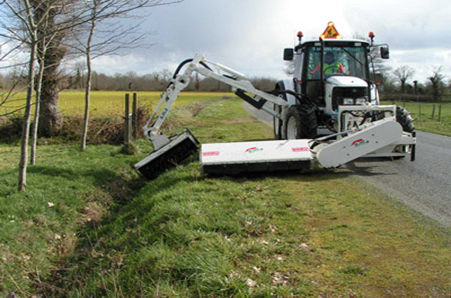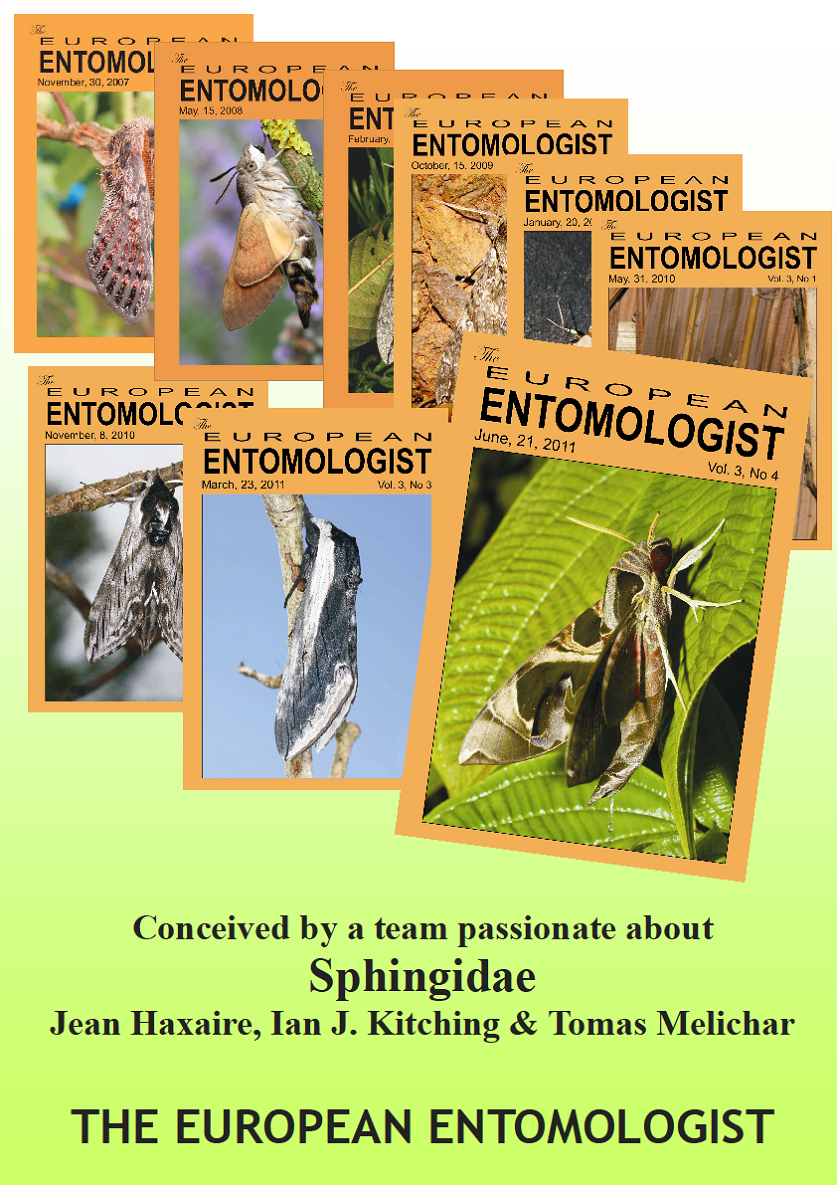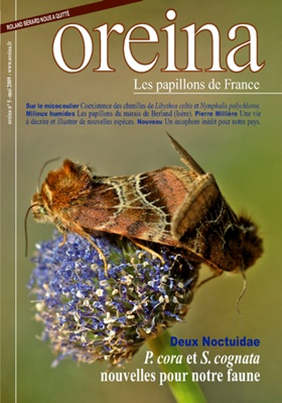Newsletter n ° 2
→Comment determine a Hyles of France
→How to determined has French Hyles
Some Hyles are really easy to determine. Hyles vespertilio, Hyles livornica, Hyles gallii are (in France) virtually constant, with no (or little) variations on the habitus. Some are smaller, longer blades, others larger, but it comes here as environmental variations (abundance and quality of the food, more or less dry climate…),
Some are really easy to determined moths Hyles. Hyles vespertilio, Hyles livornica, Hyles gallii are (in France) almost constant, showing no. (gold so few) variation in the pattern. Some are smaller and paler, some are larger, but this is just environmental influence (abundance and quality of food, dry weather or wet…)
In this genre is a complex of species, subspecies (and I don't mean forms) strongly related, with a high level of polymorphism. It is the complex of Hyles euphorbiae. In France, we have only two real members of this complex, Hyles euphorbiae and Hyles dahlii. However insofar as Hyles nicaea and Hyles hippophaes are often confused with h. euphorbiae, I propose below a key determination for all our species. A color Board will provide extra assistance for the hesitant. Good luck.
Within that genus, we have a complex of species, subspecies (and I do not talk about forms) closely related, with a very high level of polymorphism. It is called the Hyles euphorbiae complex. In France, we have only two real members of that complex, Hyles euphorbiae and Hyles dahlii. Goal ACE Hyles nicaea and Hyles hippophaes are often confused with euphorbiae I provide a determination key for all our species. Color flat will constitute a supplementary help for reluctant. Good luck and enjoy.
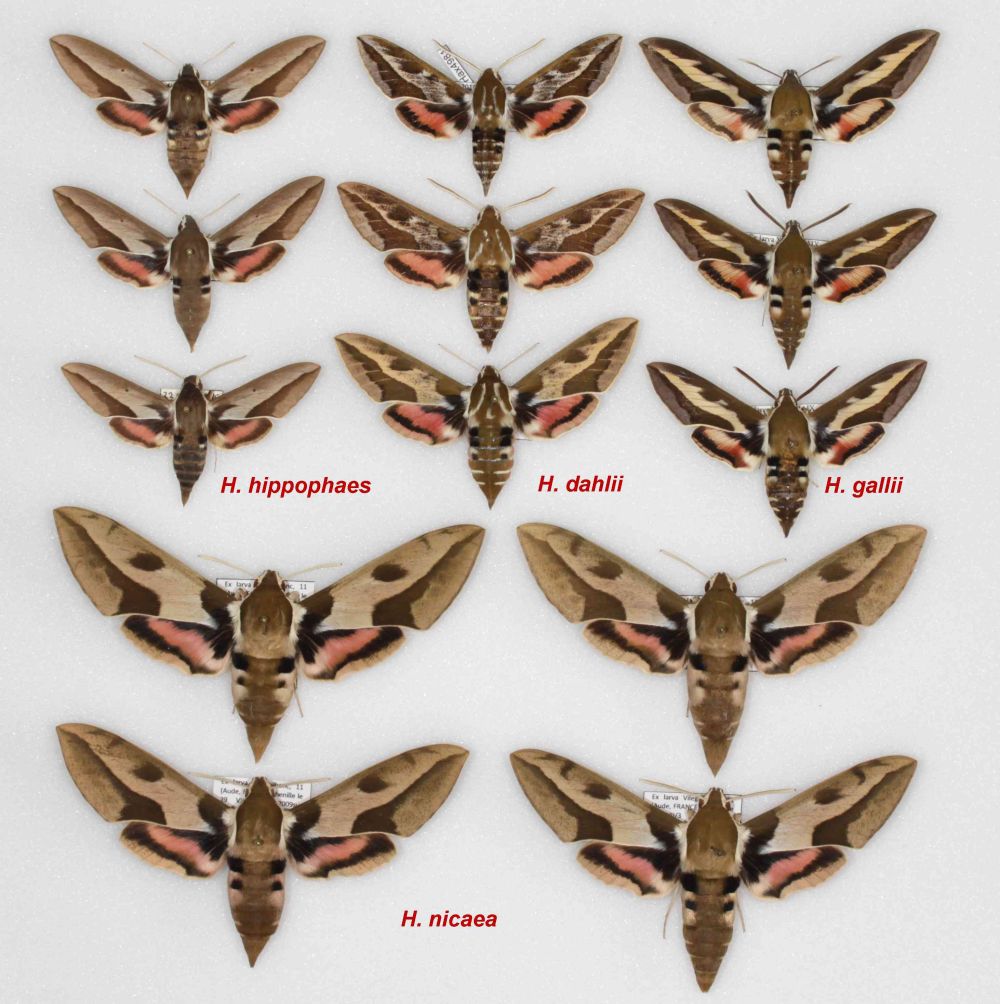
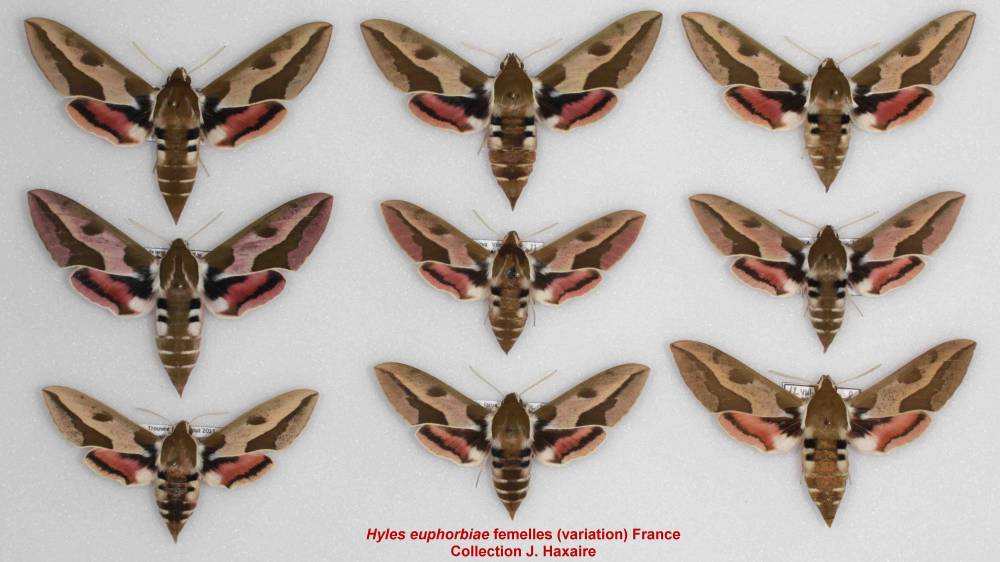
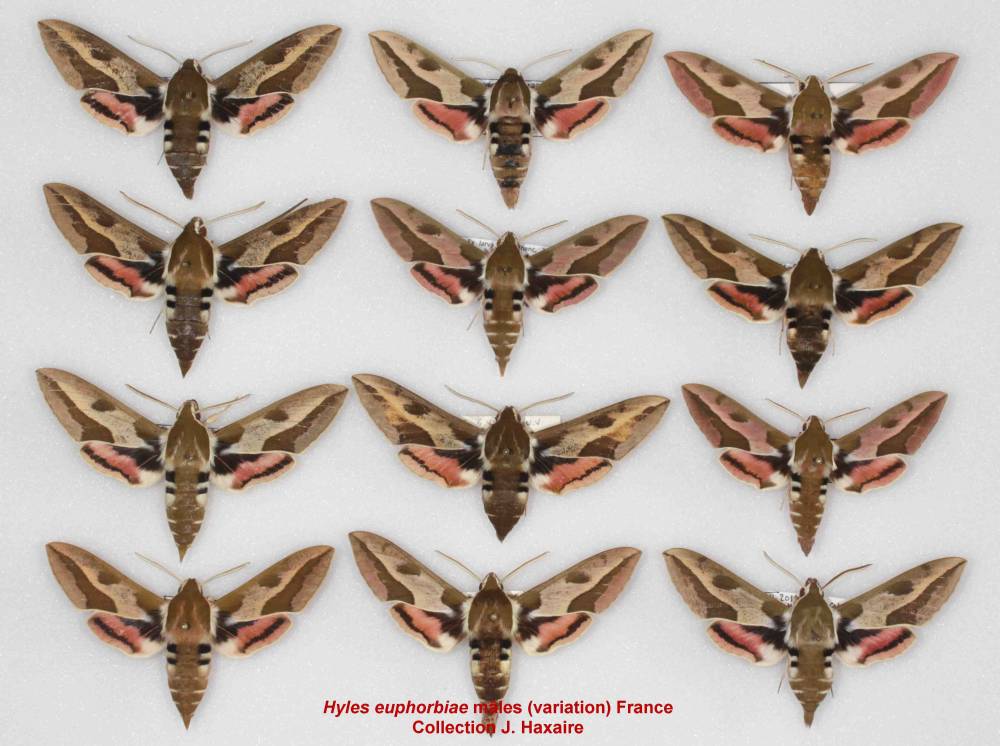
- Gray body. Wing earlier grey uniform with sometimes a postmedian line darker. Body grey. Forewing uniform grey with sometimes a darker postmedian line. .. .Hyles vespertilio
- Body brownish with spots black and white side on the 1st abdominal segments. Body brownish with black and white lateral spots on the first abdominal segments…2
2.
- Front wing with the highlighted ribs of white cream, giving a line appearance. Posterior edges of the abdominal segments with a line of alternating white and black. Forwing with the venation highlighted with cream-white, producing a striped appearance. Edges of the posterior abdominal segments with year alternated black and white line… Hyles livornica
- None of these characters together. None of those characters… 3
3.
- Brown antenna, just sometimes thinning tip. Median band of the hind wing frankly two-tone, pink at the base, White Dew in the second half. Antenna, just the apex lighter Brown… Hyles gallii
- Pure white antenna on the dorsal part. Antenna pure white on the dorsal area… 4
4.
- Just marked front wing of a very linear postmedian band on its proximal edge. Disc task (stigma) clearly visible just followed by a trail of scales dark. Trailing edge of the last abdominal segments not marked in white. Forewing with just one very linear on its proximal side postmedian band. Disc spot (stigma) very obvious, extended with a thin dark line. Posterior edge of the last abdominal segments without any white mark… Hyles hippophaes
- Front wing with more complex pattern, in particular task dark almost completely surrounding the stigma. Trailing edge of the last abdominal segments marked in white. Forewing with a more complex pattern, especially a dark patch surrounding almost totally the stigma. Posterior edge of the last abdominal segments with white marks… 5
5.
- 3 black lateral spots on the first abdominal segments. 3 lateral black patches on the first abdominal segments… Hyles dahlii
- 2 black lateral spots on the first abdominal segments. 2 lateral black patches on the first abdominal segments…6
6.
- the hind wing median band Pink yellowish or pale pink. Presence in the front wing of a small "terms" dark subapical supernumerary. Patch to the anal angle of the hind wing yellowish or pinkish. Larger than 90mm. Median band of the hindwing sanguigno pink gold very light pink. One extra small subapical dark mark on the forewing. Anal patch of the hindwing yellowish or pinkish. Wingspan up to 90 mm ……………………………………………………………………………………………………….Hyles nicaea
- median band of the hind wing bright pink or reddish pink. No "respect" dark subapical supernumerary. Patch to the anal angle of the hind wing pure white. Less than 85mm scale. Median band of the hindwing bright pink or reddish pink. No. extra small subapical dark mark on the forewing. Anal patch of the hindwing pure white. Wingspan less than 85 mm.. .Hyles euphorbiae
And if my key does not work, please send me year email with a good picture of the uncertain specimen. I will answer quickly. Thanks.
If however, you are unable to determine one of your Hyles, send me a good picture of your problematic specimen. I will answer you quickly. Thank you.
Now, the challenge of the year (and the following). If you read the page "Hyles vespertilio", you know that the presence of this insect in the Pyrenees, reported from a single Caterpillar found near the Lake of gazebos, intrigues me at the highest point. So if you had any information, if you could confirm this, if you had the time to turn on your lights at the right time on this area, I'm strongly interested comments. Thank you.
I come back just for this region, and like last year, no trace of the insect. You to play!
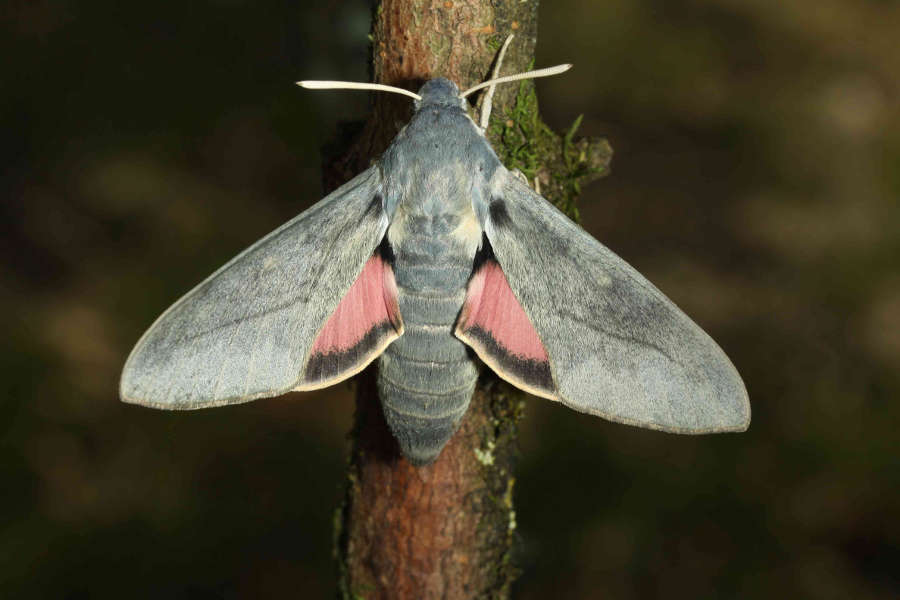
See you soon.
Jean HAXAIRE
